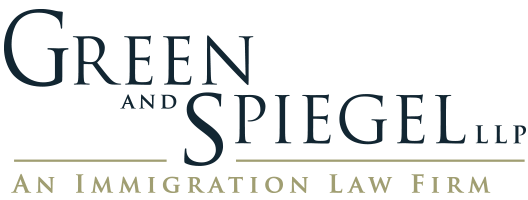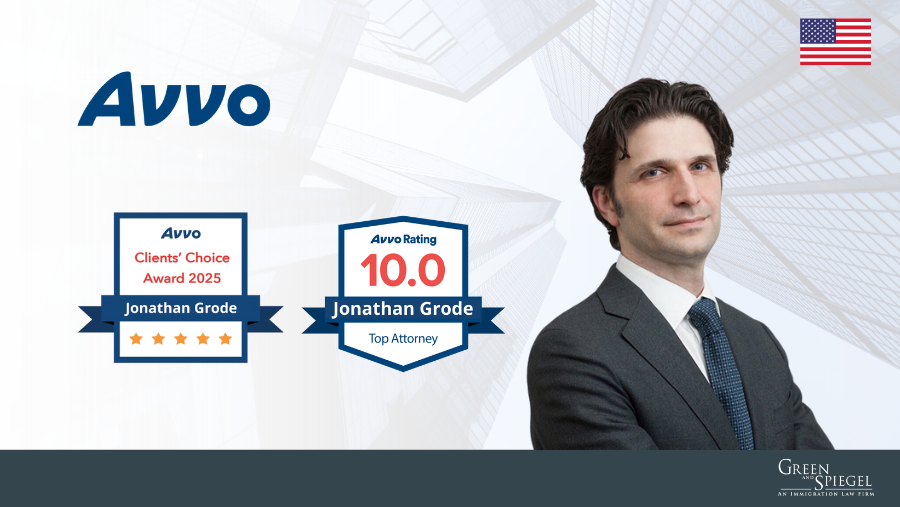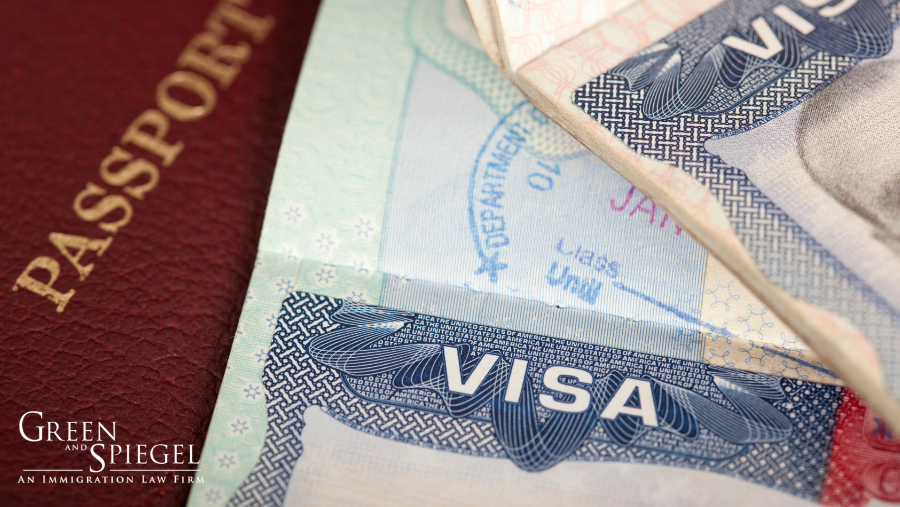Quick Takeaways
- Australian Citizens to be permitted to travel using valid E-3 Visa and Form I-797 Approval Notices, even if employers do not match.
- Along with introduction of Premium Processing for E-3 Petitions with USCIS, measure should increase mobility of E-3 Visa holders previously encumbered by need to obtain employer-specific E-3 Visa after transferring employers within the United States.
- This move represents E-3s taking another step towards equal treatment with H-1Bs, but several important distinctions remain.
-
We will discuss this development, and more, during our April 28th E-3 visa monthly virtual update with Aussie Recruit.
Frequent readers of this blog know our deep affinity for the E-3 Visa, available to Australian Citizens traveling to the United States to engage in specialty occupation work. And even though USCIS and/or the Department of State have made several concessions for E-3 Visa employers, employees, and their dependents – from extending Premium Processing to internal Petitions, to extending the lookback period for individuals with previously-issued E-3 Visas and granting E-3 Spouses work authorization incident to their status – a key sticking point remained: the inability for E-3 Visa holders to travel internationally on a preexisting valid E-3 Visa and Form I-797 Approval Notice unless the employer on both documents matched. In other words, unlike an H-1B or O-1, if an E-3 employee successfully transferred to a new employer while physically present in the United States, they would still have to apply for a new E-3 Visa the next time they traveled outside the United States (unless Automatic Revalidation applied).
However, based on recent guidance from the Department of State’s liaison to the American Immigration Lawyers Association (“AILA”), we should expect a change to that limitation soon. Subject to official announcement, the Department of State will start treating E-3 Visas as they treat H-1Bs, O-1s, and other visa classifications that permit nonimmigrants to use Form I-797 Approval Notices for a new Petitioner with valid E-3 Visas from a previous employer. With that, E-3 workers should feel even greater liberty to seek new employment opportunities after entering the United States, knowing that they won’t be hamstrung with coordinating how and when to obtain a new E-3 Visa on their next trip abroad, even if they have a valid one in their passports.
While this measure would bring E-3s closer in-line with their sibling H-1B, several key distinctions between the classifications remain. Below you can find a non-exhaustive list of these differences:
- Most H-1Bs are subject to annual, immensely oversubscribed cap that is only available once per year through USCIS Petitions, whereas Australian Citizens can apply for E-3 Visas directly at U.S. Consulates abroad and the annual quota has never been hit.
- Once they arrive in the United States, E-3 workers do not enjoy “portability” in the same way that H-1B workers do, in that they must wait for an E-3 Petition to be approved before changing employer internally. On the other hand, H-1B workers can commence new employment upon the submission of their H-1B Petition requesting a change of employer.
- Australian Citizens are permitted to renew their E-3s in 2-year increments indefinitely, whereas H-1Bs can access 6 years of work authorization in increments of up-to-3-years, with exceptions available to H-1B workers impacted by visa retrogression and those with long-pending PERM Applications.
- E-3 holders must have 100% nonimmigrant intent, but H-1B holders are allowed to have dual intent.
- As noted above, E-3 Spouses now receive work authorization incident to their status and without having to apply for an Employment Authorization Document (“EAD”), whereas only certain H-4 Spouses can work, and when they do it must be connected to an approved EAD.
Even if the above-listed distinctions persist, the to-be-announced pivot to granting greater flexibility to E-3 Visa holders is a welcome development that should open-up opportunities to Australian citizens living and working in the United States. If you have any questions regarding whether you can benefit from this new measure, or anything having to do with your E-3 Visa, please do not hesitate to contact our office.





